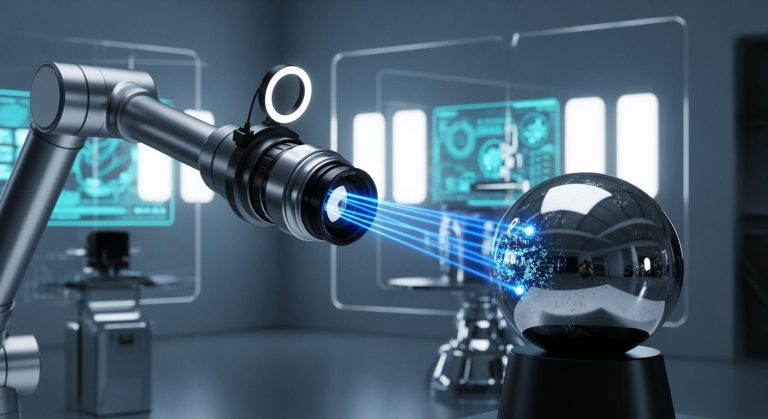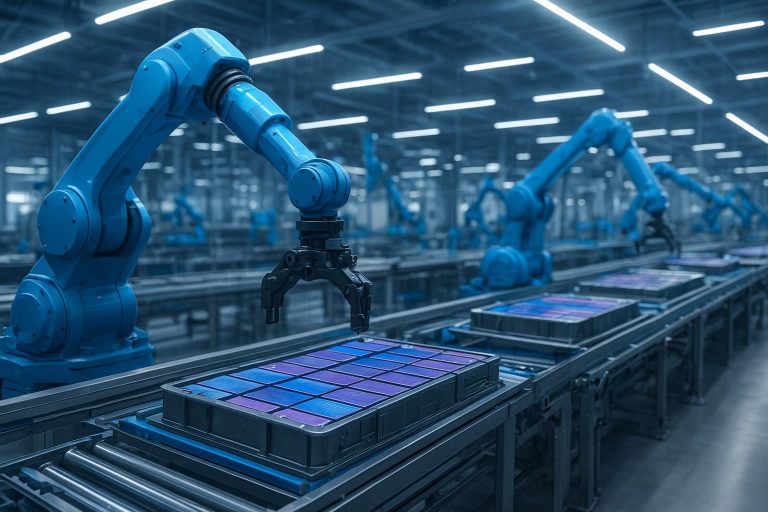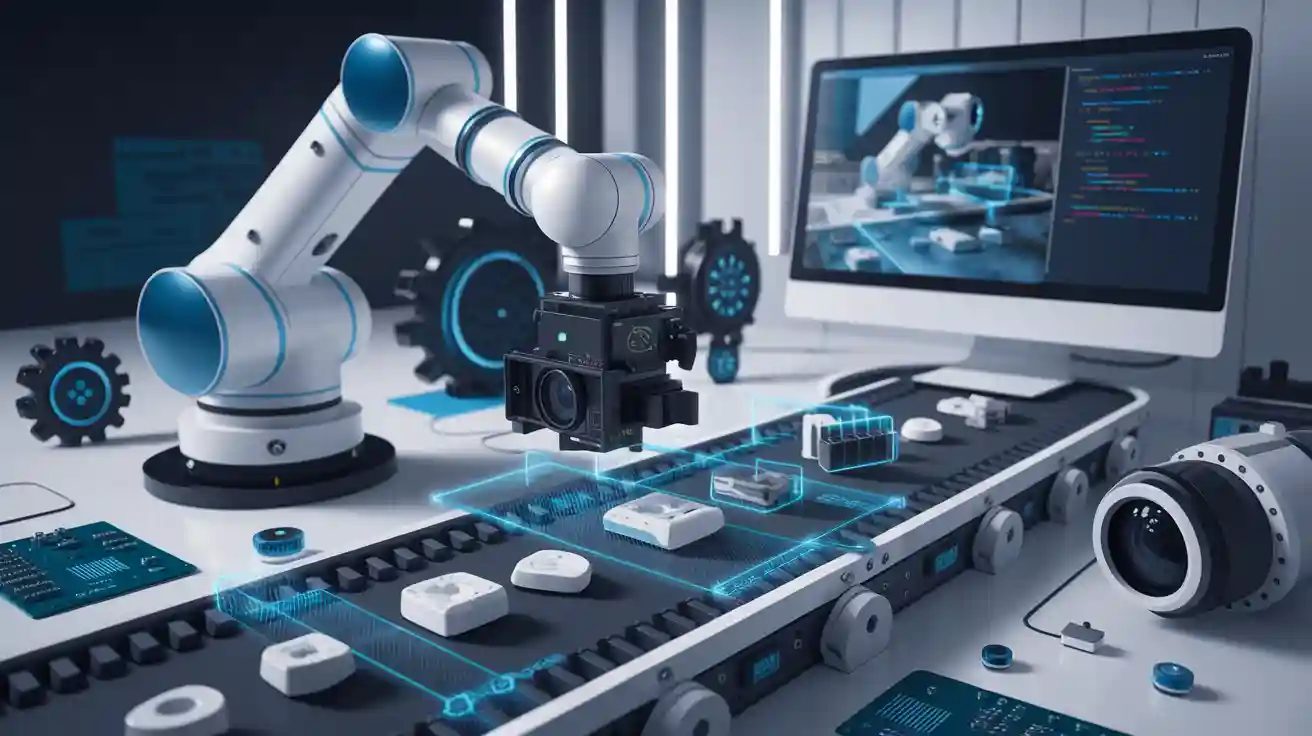
An opencv machine vision system gives you the tools to let computers see and understand images or video. You use the opencv library, which is a popular open source computer vision library, to analyze visual data in real-time. OpenCV supports many vision tasks, including object detection, feature tracking, and scene understanding. Many people around the world choose opencv for its accessibility and strong community support. In a 2015 survey, OpenCV adoption grew quickly, showing its popularity for new computer vision projects. You can rely on opencv for real-time performance, though other libraries may run faster for certain tasks, as shown below.
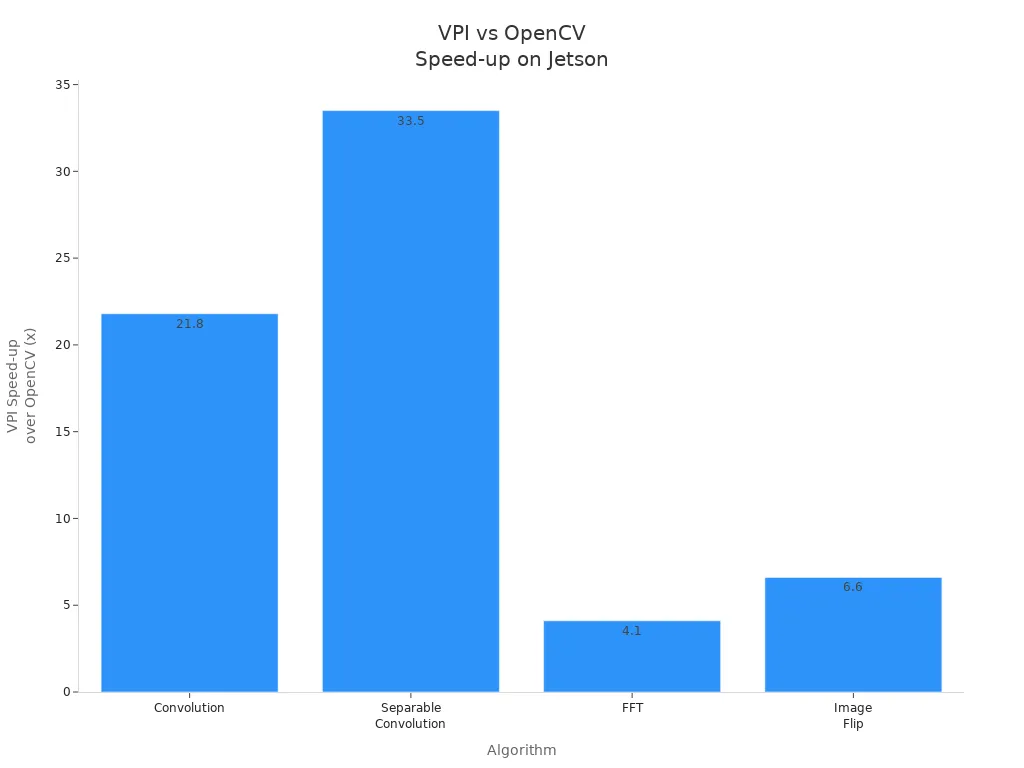
OpenCV powers vision in robotics, healthcare, security, and many more fields. This flexibility makes it a top choice for anyone who wants to build computer vision solutions.
Key Takeaways
- OpenCV lets computers see and understand images or video using a powerful, open-source library.
- You can build vision systems that detect objects, track movement, and analyze scenes in real time.
- OpenCV works with popular languages like Python and C++, making it accessible for many projects.
- It supports many fields like healthcare, manufacturing, security, and robotics with fast and reliable tools.
- You can start learning OpenCV easily with simple code examples and a strong global community.
OpenCV Machine Vision System
What It Is
An opencv machine vision system lets you build solutions where computers can see, understand, and act on visual information. You use opencv, a powerful open-source library, to give your computer vision abilities. This system helps you process images and video, making it possible to recognize objects, track movement, and analyze scenes. You can use it for many tasks, such as face detection, pattern recognition, and even 3D reconstruction.
You can think of an opencv machine vision system as a toolkit for teaching computers to see. It gives you access to hundreds of functions that cover almost every area of computer vision. You can capture images and video, transform and repair images, and even use machine learning tools for advanced tasks.
Here are some core functionalities that define an opencv machine vision system:
| Core Functionality | Description |
|---|---|
| Image Processing Algorithms | Manipulate and analyze images for better understanding |
| Deep Learning Inference (DNN) | Run neural networks for tasks like object detection |
| Graph-based Image Processing (G-API) | Build efficient workflows for complex vision tasks |
| QR Code Detection and Decoding | Recognize and read QR codes in images and video |
| Optical Flow Algorithms | Analyze motion in video frames |
| Persistence Module | Store and load data in formats like XML, YAML, and JSON |
| 3D Reconstruction (Kinect Fusion) | Create 3D models from images or video |
| Video Processing | Analyze and process video streams |
| Modern C++ API | Use a fast and reliable interface for all vision tasks |
You can use opencv in many fields, such as healthcare, robotics, manufacturing, and security. The system helps you automate inspection, guide robots, and even improve medical imaging.
How It Works
You start by installing opencv on your computer. The library works with popular programming languages like Python and C++. Once you set it up, you can begin building your own computer vision projects.
The operation of an opencv machine vision system follows a clear workflow:
- Image Acquisition: You capture images or video frames using a camera or load them from files. Functions like
cv2.imreadandcv2.VideoCapturehelp you get the visual data. - Image Preprocessing: You prepare the images for analysis. You might resize them, change their color space, or convert them to grayscale. This step uses functions such as
cv2.resizeandcv2.cvtColor. - Image Processing: You apply techniques like edge detection, blurring, or thresholding. These steps help you highlight important features in the image.
- Visualization: You draw shapes or lines on the images to show results. Functions like
cv2.lineandcv2.rectanglemake this easy. - Video Processing: You can capture, display, and save video frames. This lets you analyze moving objects or track changes over time.
- Object Detection and Machine Learning: You use built-in tools to find faces, track objects, or classify images. For example, you can use Haar cascades for face detection.
The opencv library manages memory for you. When you process images or video, the system automatically allocates and frees memory. This makes your workflow smoother and helps you focus on building your vision solution.
You can rely on opencv for real-time performance in many cases. In industrial settings, opencv-based systems can inspect products quickly and accurately. For simple algorithms, you get fast results—sometimes in just 100 milliseconds. More complex tasks may take longer, but you can still use opencv for reliable quality checks and measurements. For example, in commercial use, opencv can detect defects and measure objects with high accuracy, making it a trusted tool for non-destructive testing.
You can use opencv to solve problems in many industries:
- In healthcare, you can improve medical imaging and help doctors diagnose diseases.
- In manufacturing, you can automate quality control and defect detection.
- In agriculture, you can monitor crops and livestock using aerial video.
- In retail, you can analyze customer behavior and manage inventory.
With opencv, you have a flexible and powerful system for building computer vision solutions. You can process images and video, detect objects, and make decisions based on what your system sees.
Core Components
Image Acquisition
You start every machine vision project by capturing images or video. The quality of your image data shapes the success of your vision system. You can use industrial cameras, which come in types like 3D, color, monochrome, and line scan. These cameras use sensors such as CMOS or CCD, chosen for speed, sensitivity, and resolution. Specialized lenses focus the image, while lighting systems provide the right illumination to highlight important features. Controllers or computing platforms, like Raspberry Pi, process the captured data. Raspberry Pi offers a compact and affordable way to run OpenCV, making it popular for real-time video and vision tasks. You can connect camera modules and use Python or C++ to control image capture and video processing.
Tip: Good lighting and the right lens help you get clear images, which makes later processing more accurate and faster.
Image Processing
Once you have your images or video, you use image processing techniques to prepare and analyze the data. In OpenCV, you can resize, crop, rotate, and flip images. You can also draw shapes or add text to highlight results. Smoothing methods like Gaussian blur or median filtering reduce noise, while sharpening brings out details. You often use segmentation, edge detection, and feature extraction to find important parts of the image. Python is the most popular language for these tasks because it is easy to learn and has strong community support. You can also use C++ for faster processing. OpenCV supports deep learning models and efficient algorithms, so you can handle large-scale video processing and real-time vision applications.
- Common image processing steps:
- Noise reduction
- Contrast enhancement
- Color correction
- Segmentation and feature extraction
Output and Decisions
After processing, your vision system needs to make decisions and share results. OpenCV supports many output formats, such as PNG, JPEG, and TIFF. You can save processed images or video frames for later review. For real-time systems, you might send results to other devices or display them on a screen. Decision-making algorithms help your system act on what it sees. You can use background subtraction to detect changes, blob analysis to find objects, and Kalman filters to track movement. Support Vector Machines and other classifiers help you recognize patterns or actions. You can use Python or C++ to write these algorithms and control the output.
| Output Format | File Extensions | Notes |
|---|---|---|
| PNG | .png | Lossless, supports transparency |
| JPEG | .jpeg, .jpg, .jpe | Lossy, small file size |
| TIFF | .tiff, .tif | High quality |
Note: Choosing the right output format helps you balance quality and storage needs for your vision project.
OpenCV Features
Image Processing Tools
You can use OpenCV to access a wide range of image processing tools. These tools help you prepare and analyze images for computer vision and ai tasks. Here are some of the most important tools you will find:
- Edge Detection: OpenCV offers Sobel, Laplacian, and Canny methods. These algorithms help you find the edges in an image, which is important for object detection and image recognition.
- Morphological Operations: You can use dilation, erosion, opening, and closing to remove noise and change shapes in images. Functions like
cv2.erode()andcv2.dilate()make these tasks easy. - Perspective Transformation: OpenCV lets you change the viewpoint of an image. You can use this for correcting or altering how an image looks.
- Image Pyramids: These help you scale images up or down. You can use them for object detection and image segmentation.
You often combine these tools with visualization libraries to display your results. These features make OpenCV a strong choice for any vision or ai project.
Object Detection
OpenCV gives you powerful object detection features. You can use deep learning models like YOLOv3 for fast and accurate detection. OpenCV’s object detection runs much faster on CPUs than other frameworks. This speed comes from Intel’s focus on CPU optimization for computer vision and ai.
| Framework | CPU Inference Time per Frame (seconds) |
|---|---|
| Darknet (no OpenMP) | 27.832 |
| Darknet (with OpenMP) | 12.730 |
| OpenCV (YOLOv3) | 0.714 |
You can see that OpenCV’s YOLOv3 is much faster. This makes it perfect for real-time detection and recognition tasks. OpenCV works well with other deep learning frameworks, so you can use it for both simple and advanced object detection. You can also use it for face recognition, image recognition, and object tracking.
Video Analysis
OpenCV supports many video analysis features. You can use it for computer vision, ai, and real-time video processing. Here are some common video processing and recognition tasks:
- Background subtraction and object tracking: Find and follow moving objects in video.
- Object detection: Detect faces, people, and vehicles using deep learning and classic algorithms.
- Image segmentation: Divide video frames into parts for further analysis.
- Movement and gesture recognition: Analyze human actions and poses.
- Face recognition: Identify and verify faces in video.
- Augmented reality: Overlay virtual objects on real scenes.
- Optical flow: Track pixel movement between video frames.
- Camera calibration and stereo vision: Fix lens distortion and estimate depth for 3D vision.
You can use these features for surveillance, sports analytics, healthcare, and robotics. OpenCV makes video analysis and recognition easy for any computer vision project.
Real-Time Performance
OpenCV is built for real-time video processing and computer vision. You can use GPU acceleration and CPU optimizations to speed up your ai and vision tasks. OpenCV supports multithreading and vectorization, which help you process video and images quickly. Here is a table showing how OpenCV speeds up video processing tasks:
| Task / Function | Optimization Technique | Speedup / Performance Gain | Notes / Context |
|---|---|---|---|
Image resizing (cv::resize) |
GPU (GLSL shaders) | 1.6x speedup (41 ms → 26 ms/frame) | Local speedup on Tegra platform, critical for panorama stitching and video processing |
| Image warping | GPU (GLSL shaders) | 8-14x speedup | Dependent on projection type; major bottleneck in panorama stitching |
| Video stabilization transform | GPU (GLSL shaders) | 5-6x faster than C++ (140 ms → 25 ms) | GPU implementation significantly reduces frame processing time; asynchronous calls further improve real-time performance |
| Stereo visual odometry | GPU acceleration (SURF, block matching) | 2.7x speedup | ROS package accelerated by offloading key computations to GPU |
| Textured object detection | GPU acceleration | 1.5-4x speedup | Mixed CPU/GPU implementation, significant speedup with minimal data-transfer overhead |
| Primitive image-processing functions | GPU module vs optimized CPU (SSE + TBB) | Up to 30x speedup (low-level functions) | Speedups averaged across ~30 functions; GPU excels in parallelizable per-pixel operations |
| High-level algorithms | GPU module | Up to 10x speedup | Includes more overhead and less parallelizable steps compared to low-level functions |
| Multithreading (TBB) + NEON | CPU optimization | Limited speedup, often memory-bound | NEON vectorization effective for arithmetic-heavy primitives; multithreading limited by cores and memory bandwidth |
| Energy consumption | GPU vs CPU | 3-15x energy savings | GPU runs at lower average power, important for mobile battery life |
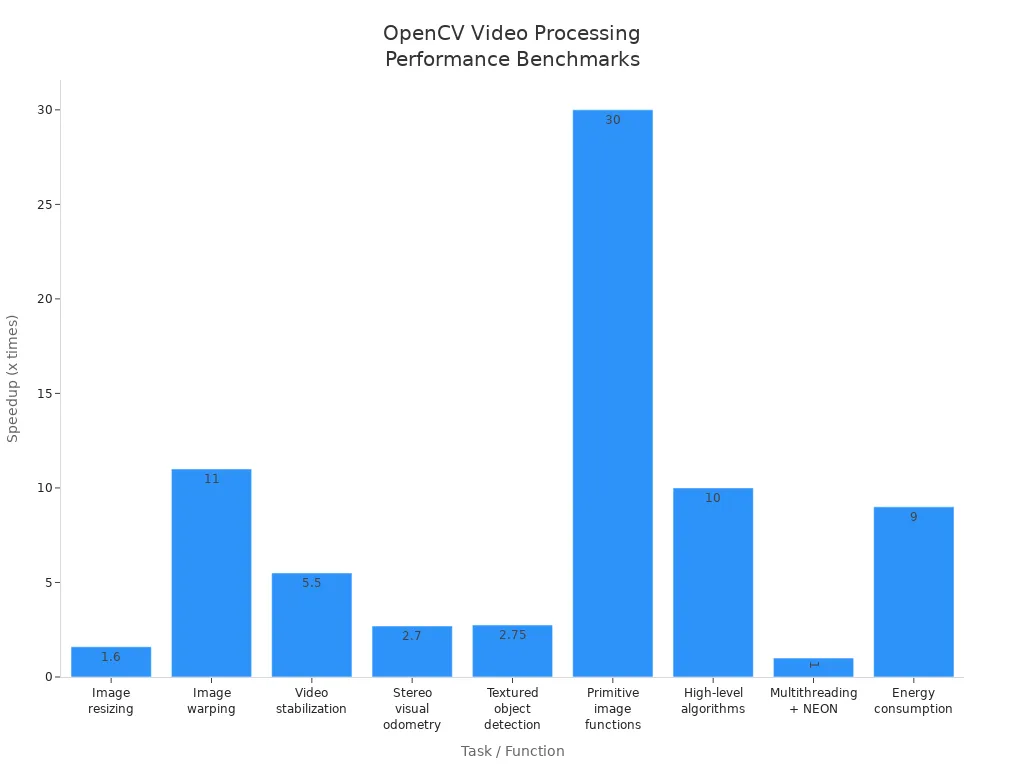
You can achieve real-time detection and recognition in your video projects. OpenCV helps you build fast, efficient, and reliable computer vision and ai systems.
Computer Vision Applications
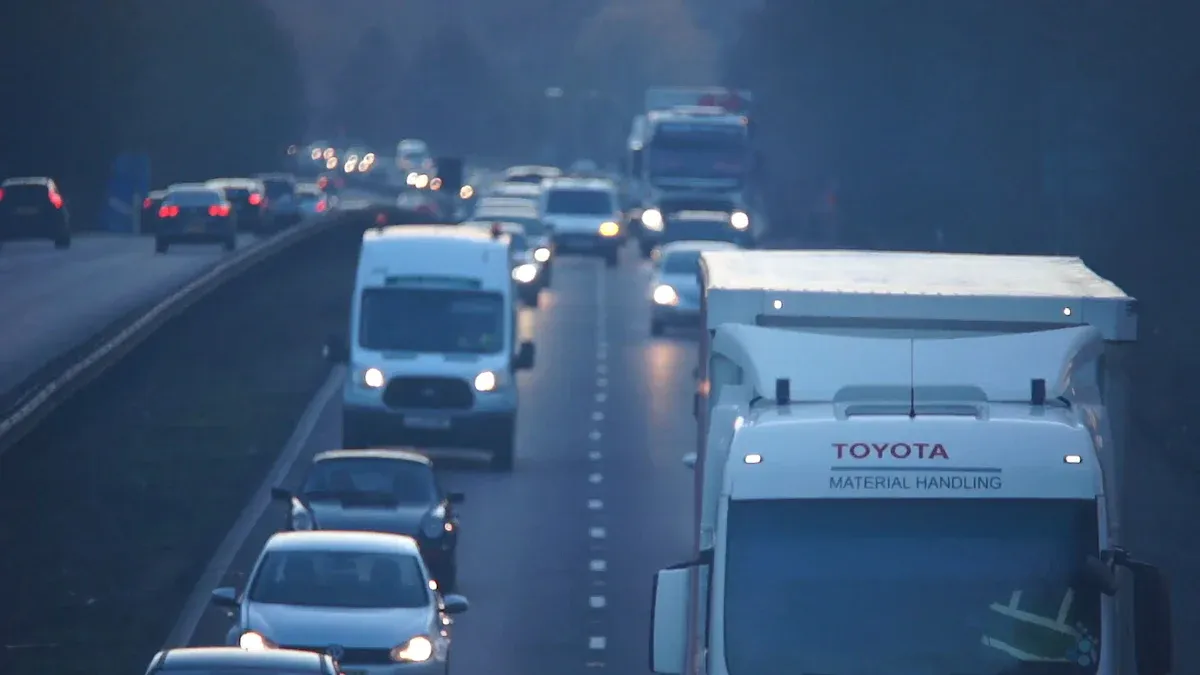
Industry Use Cases
You see computer vision changing how factories work. Many manufacturing companies use applications of opencv to automate quality control. Machines with vision can spot defects, misalignments, and surface flaws in products. These systems use high-resolution cameras and advanced detection algorithms. You can rely on computer vision for real-time inspection, which reduces human error and speeds up quality checks.
- OpenCV helps you track assembly accuracy and verify dimensions.
- You can use vision to monitor equipment for early signs of wear, which supports predictive maintenance.
- Process optimization becomes easier when you analyze workflow patterns with ai and video data.
The industrial segment made up about 51% of the global computer vision market in 2020, showing strong adoption in manufacturing.
Robotics and Drones
You can use computer vision and ai to give robots and drones the ability to see and understand their surroundings. With OpenCV, you control drones using vision-based navigation. Drones use video input to detect objects, recognize faces, and avoid obstacles.
- You can track objects and people using detection models like YOLO or SSD.
- Visual SLAM helps robots map environments and localize themselves.
- Drones use ArUco markers for precision landing and navigation.
- Integration with ROS2 lets robots interact with their environment.
OpenCV processes video in real time, which is key for autonomous navigation and object avoidance. You can build 3D models from images to improve mapping and situational awareness.
Healthcare
You find many applications of opencv in healthcare. Computer vision and ai help doctors with early disease detection and diagnosis.
- AI-based tumor detection improves accuracy and reduces errors.
- Automated systems monitor hospital hygiene and safety.
- Medical imaging analysis uses segmentation and image recognition to spot problems in X-rays, MRI, and ultrasound.
- Face recognition and tracking support patient monitoring.
- Smart medical training uses video and vision for skill assessment.
You can also use computer vision for remote health monitoring and personalized treatments.
Security
Security systems worldwide depend on computer vision and ai for surveillance and monitoring. OpenCV powers real-time video analysis, detection, and recognition of moving objects.
- You can use face recognition and image segmentation to identify people.
- Deep learning models improve detection and recognition accuracy.
- IoT devices like smart cameras use OpenCV for person detection and activity zones.
- Object tracking algorithms follow people or vehicles in video streams.
During the COVID-19 pandemic, security cameras used OpenCV for face mask detection to monitor public safety.
Getting Started with OpenCV
Installation
You can install opencv on many platforms, including Windows, Linux, macOS, and Raspberry Pi. The process depends on your operating system, but you can follow these main steps:
- On Windows, download pre-built opencv libraries from the official site. Unpack the files, set environment variables, and add opencv to your system path. You can also build from source using tools like CMake and Visual Studio.
- On Linux or macOS, install dependencies, configure build options, and compile the source code. Many users prefer using package managers or building from source for the latest features.
- On Raspberry Pi, follow guides designed for the platform to get opencv running for real-time vision projects.
- For quick setup, use Python’s package manager. Run
pip install opencv-pythonorpip install opencv-contrib-pythonin your terminal.
Tip: Always check the official opencv documentation for detailed, up-to-date instructions for your system.
Basic Example
You can start using opencv with python in just a few steps. Here is a simple image processing example:
import cv2
img = cv2.imread("mandrill.jpg", 1)
cv2.imshow('Mandrill', img)
k = cv2.waitKey(0)
if k == 27 or k == ord('q'):
cv2.destroyAllWindows()
gray = cv2.cvtColor(img, cv2.COLOR_BGR2GRAY)
cv2.imwrite('Mandrill_grey.jpg', gray)
This code reads an image, displays it, converts it to grayscale, and saves the new image. You can use this as a starting point for your own vision projects with opencv and python.
Learning Resources
You have access to many resources to help you learn opencv and vision skills:
- The official opencv website offers downloads, documentation, and platform guides.
- OpenCV University provides free and paid courses, including deep learning and advanced vision topics.
- Community forums, such as the OpenCV Forum and Stack Overflow, let you ask questions and share ideas.
- Books and blogs cover practical opencv projects and vision techniques.
- Interactive platforms like Jupyter Notebooks help you practice coding with python and opencv.
- Events, workshops, and competitions give you a chance to connect with other vision enthusiasts.
You can join the global opencv community to get support and stay updated on the latest vision trends.
You have seen how opencv gives you the power to build computer vision systems for many real-world applications. With opencv, you can create vision solutions that work in real time and help you solve problems in manufacturing, healthcare, security, and more. Computer vision systems with opencv support tasks like defect detection, cashierless checkout, and patient monitoring. You can use opencv to automate visual tasks and improve safety. Here are some key takeaways from recent computer vision applications:
- Computer vision in manufacturing uses opencv for real-time defect detection and quality control.
- Retail applications use opencv to manage inventory and prevent loss.
- Security systems rely on opencv for video analysis and safety monitoring.
- Autonomous vehicles use computer vision and opencv for object recognition and driver monitoring.
- Healthcare applications use opencv for early disease detection and patient care.
You can start learning opencv today and join a growing community. Try building your own computer vision projects and explore new applications. OpenCV continues to grow as a leading tool for vision and AI.
FAQ
What is the main purpose of a machine vision system?
You use a machine vision system to help computers see and understand images or video. This system lets you solve real-world problems by giving machines the ability to analyze visual information.
Can you use OpenCV for real-time vision projects?
Yes, you can use OpenCV for real-time vision tasks. OpenCV processes images and video quickly. Many people use it for live video analysis, object tracking, and other vision projects that need fast results.
What programming languages work best with OpenCV for vision tasks?
You can use Python or C++ for most vision projects with OpenCV. Python is easy to learn and great for beginners. C++ gives you more speed for advanced vision applications.
How do you start learning computer vision with OpenCV?
You can start by installing OpenCV and running simple code examples. Try reading an image, showing it on your screen, or converting it to grayscale.
import cv2
img = cv2.imread("image.jpg")
cv2.imshow("Vision Example", img)
cv2.waitKey(0)
cv2.destroyAllWindows()
Tip: Practice with small vision projects to build your skills.
See Also
Understanding How Machine Vision Systems Process Images
A Guide To Machine Vision Systems And Computer Models
Exploring The Role And Function Of Lenses In Vision
